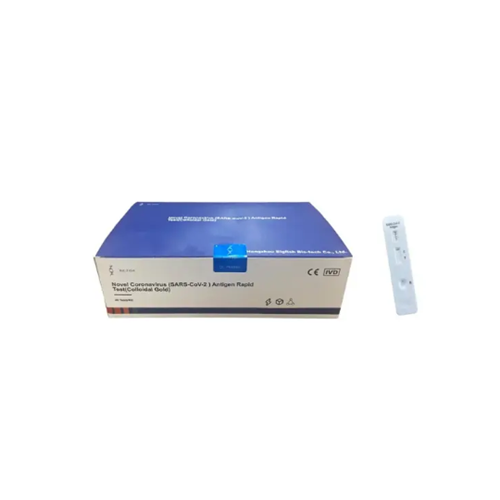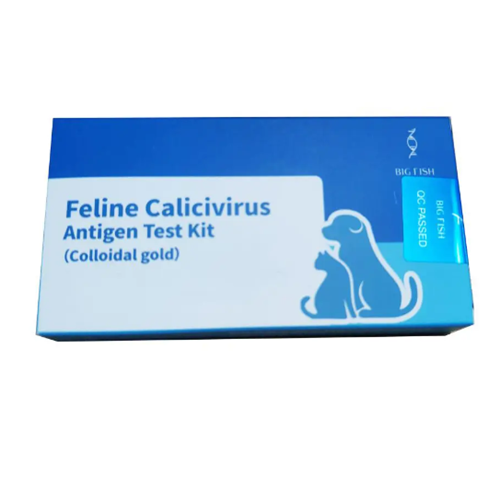Immunoassays have become a cornerstone of the diagnostic field, playing a key role in the detection and monitoring of a wide range of diseases. These biochemical tests exploit the specificity of antibodies to detect and quantify substances such as proteins, hormones, and pathogens in biological samples. Central to the effectiveness of immunoassays are the immunoassay reagents, which are key components that determine the accuracy, sensitivity, and reliability of the test.
Immunoassays can be broadly divided into two types: direct and indirect. Direct immunoassays involve the binding of an antigen to a labeled antibody, while indirect assays utilize a secondary antibody that binds to a primary antibody. Regardless of the type, the quality of the immunoassay reagents (such as antibodies, antigens, and labels) significantly affects the performance of the assay. High-quality reagents ensure that the assay is able to detect low concentrations of the target analyte, which is particularly important for early disease detection.
One of the most important applications of immunoassays is in the diagnosis of infectious diseases. For example, rapid tests for diseases such as HIV, hepatitis, and COVID-19 rely on immunoassay technology to provide timely results. These tests utilize specific immunoassay reagents that can identify viral proteins or antibodies produced after infection. The speed and accuracy of these tests are critical to effective disease management and control, allowing healthcare providers to initiate treatment promptly and reduce the risk of transmission.
In addition to infectious diseases, immunoassays also help monitor chronic diseases such as diabetes, cardiovascular disease, and cancer. For example, measuring biomarkers such as glucose, cholesterol, and tumor markers through immunoassays allows medical professionals to assess disease progression and treatment effectiveness. The reagents used in these assays must be rigorously validated to ensure that they provide consistent and reproducible results, which is critical for patient management.
The development of novel immunoassay reagents has also expanded the scope of these tests. Advances in biotechnology have led to the creation of monoclonal antibodies, which have greater specificity and sensitivity than traditional polyclonal antibodies. In addition, the combination of nanotechnology and immunoassay reagents has led to the development of more sensitive assays, allowing for the identification of biomarkers at lower concentrations. This is particularly beneficial in early disease detection, where the presence of biomarkers may be minimal.
Additionally, the versatility of immunoassays allows for their application in a variety of settings, from clinical laboratories to point-of-care testing. The use of portable immunoassay devices equipped with specific reagents allows for rapid testing in remote or resource-limited settings, potentially reaching populations that may not have access to healthcare. This accessibility is critical to controlling outbreaks and ensuring timely intervention.
In summary, immunoassays play a vital role in disease detection and monitoring, and immunoassay reagents are fundamental to their success. Ongoing advances in reagent development and technology continue to enhance the capabilities of immunoassays, making them an indispensable tool in modern medicine. As research advances, the potential for immunoassays to contribute to personalized medicine and targeted therapies is likely to expand, further solidifying their importance in the healthcare space. There is no doubt that continued innovation in immunoassay reagents will shape the future of disease detection and monitoring, paving the way for improved patient outcomes and public health initiatives.
Post time: Apr-03-2025
 中文网站
中文网站


